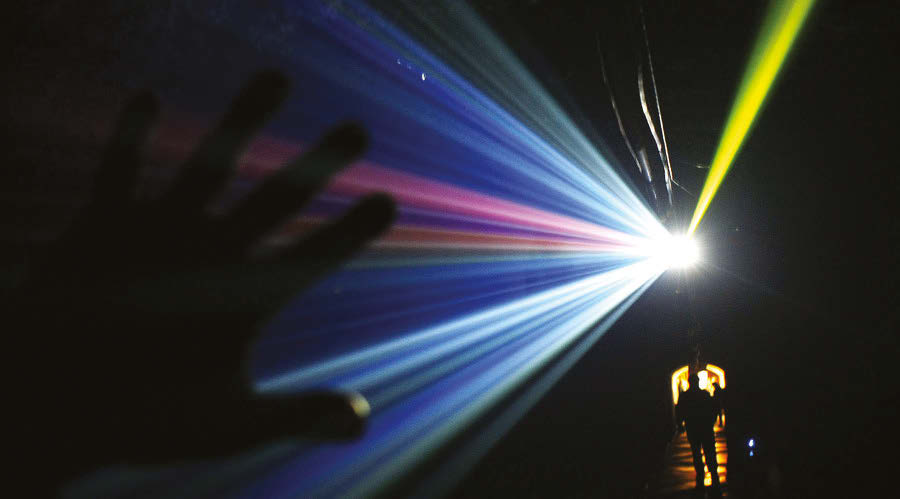
LONDON: In a breakthrough, scientists have discovered a new form of light, which will impact our understanding of the fundamental nature of light.
One of the measurable characteristics of a beam of light is known as angular momentum. Until now, it was thought that in all forms of light the angular momentum would be a multiple of Planck’s constant, the physical constant that sets the scale of quantum effects.
Now, researchers from Trinity College Dublin’s School of Physics and CRANN Institute have demonstrated a new form of light where the angular momentum of each photon (a particle of visible light) takes only half of this value.
This difference though small is profound, researchers said.
“We’re interested in finding out how we can change the way light behaves and how that could be useful. What I think is so exciting about this result is that even this fundamental property of light, that physicists have always thought was fixed, can be changed,” said Assistant Professor Paul Eastham.
“Our discovery will have real impacts for the study of light waves in areas such as secure optical communications,” Professor John Donegan said.
“This discovery is a breakthrough for the world of physics and science alike,” said Professor Stefano Sanvito, Director of CRANN.
In the 1830s, mathematician William Rowan Hamilton and physicist Humphrey Lloyd found that upon passing through certain crystals, a ray of light became a hollow cylinder.
The team used this phenomenon to generate beams of light with a screw-like structure.
Analyzing these beams within the theory of quantum mechanics they predicted that the angular momentum of the photon would be half-integer, and devised an experiment to test their prediction.
Using a specially constructed device they were able to measure the flow of angular momentum in a beam of light. They were also able, for the first time, to measure the variations in this flow caused by quantum effects.
The experiments showed a tiny shift, one-half of Planck’s constant, in the angular momentum of each photon.
Theoretical physicists since the 1980s have speculated how quantum mechanics works for particles that are free to move in only two of the three dimensions of space.
They discovered that this would enable strange new possibilities, including particles whose quantum numbers were fractions of those expected. This work shows, for the first time, that these speculations can be realized with light.
The research was published in the journal Science Advances.
Read More





Be the first to comment